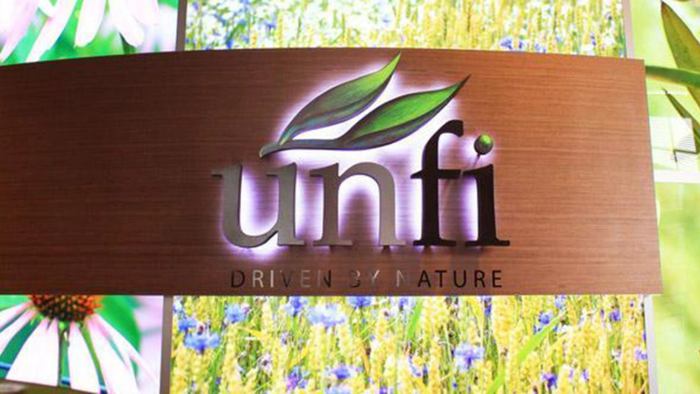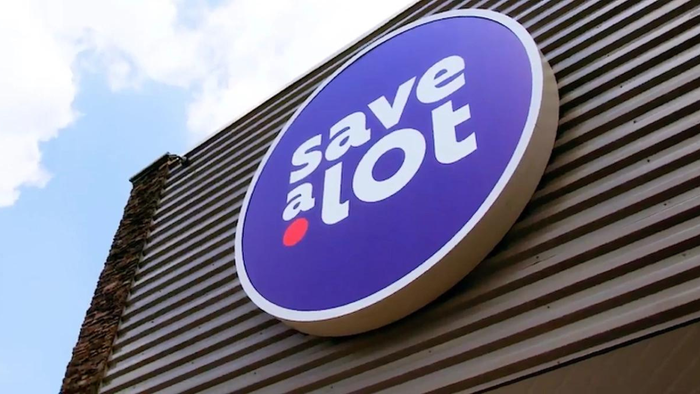Food Forum: The future of payments
January 1, 2018
Are retailers ready for the next generation of payment processing technologies? By Paul Cwalina As consumers change their spending habits, they expect merchants to keep pace to provide faster, more rewarding shopping experiences. Grocers currently earn high marks. According to the 2011 Empathica Consumer Insights Panel survey, 78% of North American consumers believe the supermarket industry “currently uses technology that enhances their experience,” ranking it first among 17 industries. Grocers must continue to embrace the future to provide quicker and more flexible transactions, create competitive differentiators and strengthen customer relationships. With capital dollars still tight for many, decision makers look for investments with long-term value and functionality, such as flexible POS architecture that easily integrates and supports data security initiatives, new technologies and evolving customer requirements. By embracing a strategy that accommodates the future of payments, grocers can maximize opportunities across channels—in-store, online, in social networks and on mobile devices—to increase business penetration and value-added customer service. Technology has moved beyond magnetic stripes to include developments such as chip- and mobile-based technologies. Innovations in mobile services and applications have catalyzed the consumer adoption of sending gifts and buying daily deals in real time from a mobile device. For example, mobile vouchers store a prepaid value funded by a merchant or consumer goods company. Consumers typically request or receive a mobile voucher through a banner ad, short code or loyalty program. This virtual offer is redeemable through a mobile device as a short message service or 2-D barcode and ultimately through contactless exchange using Near Field Communication. Cashiers simply enter a 16-digit code or scan the barcode. By embracing consumers’ increasingly mobile lifestyle, grocers can deliver targeted offers to their most loyal customers and increase store traffic. Payment Card Industry Data Security Standard measures were created in 2006 to establish minimum data security standards for organizations that hold, process, or exchange cardholder information from any of the major card brands. Many states have enacted legislation that requires consumer notification of personal data breaches. The costs of notifications, remediation, consumer credit monitoring, legal defense and other aspects of a breach continue to rise. Even a small breach involving only a few hundred records can be costly, especially for a small grocer. Grocers must remember that these cost commitments are minor compared to the potentially devastating economic and reputational risks of a data breach or other major violation, including industry fines, reputation damage and uncertainty of business survival. Fortunately, resources are available to help reduce the cost and complexity of data security initiatives. Tokenization and encryption are two leading technologies for protecting sensitive payment card data. Tokenization transforms risky card data into an innocuous, 16-digit number that cannot be used for payments. The token number, which cannot be monetized, can be used in various auxiliary business applications as a reliable substitute for the real card data. This allows the merchant to aggregate consumer transactions over time and start building a buying history on that consumer, such as preferred locations and purchases. In addition, new PIN-based debit applications advance POS security using one-time card number technology programmed onto a contactless chip embedded within a payment device. For each transaction, the chip encrypts and transmits a card number that is good for only a single use. Consumers can receive this advanced convenience and security on a variety of payment devices beyond debit cards, such as prepaid cards, payment fobs and payment stickers, as well as future mobile applications. However, grocers must have POS systems that accept contactless payments. Fortunately contactless readers typically can easily connect to most terminals via a USB port without requiring a separate power supply and are field-upgradable to accept new payment types and enhancements as they become available. Finally, grocers do not, and should not, have to act alone. By its very nature, the payment ecosystem has many players—including card brands and networks, banks, processors, POS solution providers, and merchants—who need to continue working closely together to develop integrated relationships that share costs and benefits and support business agility. By tapping into knowledgeable resources, grocers can make strategic payments decisions, focus technology investments appropriately and maximize their opportunities at the necessary speed of business. Paul Cwalina is senior vice president, supermarket and petroleum national accounts for Atlanta-based First Data. For more information, visit www.firstdata.com.
About the Author
You May Also Like




